Heidi Boisvert, [radical] signs of life. Camera, Jim DeSeve; Editing, Yoni Turkienicz.
For the past 15 years, I anticipated future tech trends and used emerging media and technology to support social justice campaigns addressing violence and advancing values of equality and justice.
I’ve created animations to raise awareness about unfair immigration laws, video games to celebrate pluralism, and even location-based augmented reality apps to change perceptions around homeless (well before Pokeman Go).
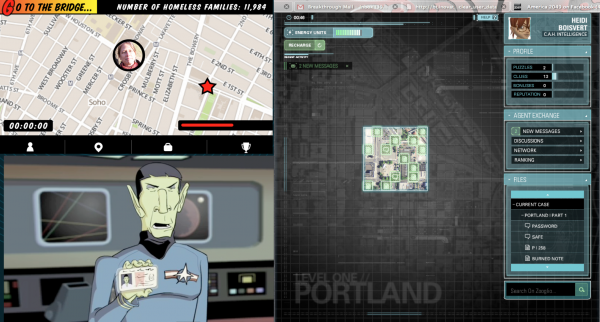
Heidi Boisvert, Experience & Game Designer on @home (upper left) for the Kindling Group, Creative Director, Writer & Producer @Don't Deport Me Scotty (lower left) & Creative Director, Game Designer & Producer, America2049 (right) for Breakthrough.
Then I had a crisis of faith. I felt the tools I was creating to shift hearts and minds were actually eroding key areas of the brain responsible for critical feeling.
This awareness instigated my search for an antidote, which redirected my creative practice towards large-scale networked dance and theatre in an attempt to restore connection with our bodies, and one another by bringing people together in socio-collaborative spaces to play.
It also led to a collaboration with Marco Donnarumma to co-design and prototype a biocreative instrument, the XTH Sense—a wearable, wireless biophysical sensor that detects and captures mechanical soundwaves produced by musculature contraction to re-stimulate what I see as our (technology-) numbed biological selves.
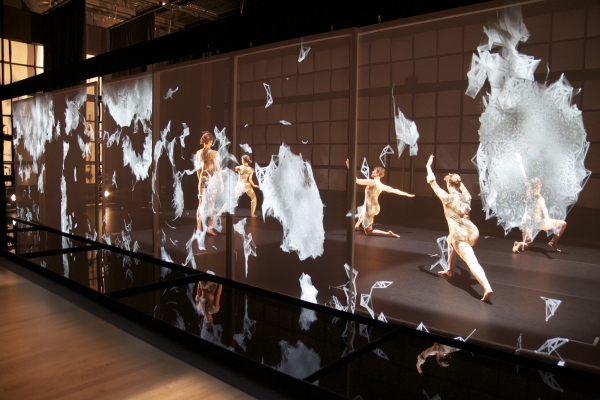
Fascinated with the potential role the body could play in social change processes, I started to ask questions about whether we could decolonize our somatic system through aesthetics, and if the interplay between ghost stories and ritual could catalyze collective effervescence. I wanted to bring movement back into movement building.
During this time, I also discovered that many activists-artists advancing social justice (myself included) were “walking wounded,” often seeking to redress issues in our communities that reflect our own unaddressed trauma. In the absence of truth and reconciliation in the U.S., I wanted to create a shared space for communal healing through a performance devised not from familiar tropes but from the physicality of the storytellers’ bodies, fostering the examination and evisceration of the legacy of lived, intergenerational, and epigenetic trauma stored in our collective and individual bodies.
The body is an archive of our stories, but trauma is not stored as a traditional narrative with an orderly beginning, middle, and end. Instead, trauma is stored as flashbacks that contain fragments of experience, isolated images, sounds, and physical sensations (fear, panic), continuously re-enacted within the body, wreaking havoc on our immune, muscle, and nervous systems.
The impact of systems of oppression—racism, misogyny, poverty—are pervasive. When experienced chronically, the cumulative effect is life-altering, intergenerational, and epigenetic. Because trauma is a contraction held within the somatic system, we are fundamentally "shaped" by terrifying experiences; they inform our worldview and impact our sense of identity, intimate relationships, physiology, emotions, behavior, perceptions, and feeling of belonging. Facing—and healing from—trauma is essential to building effective movements and catalyzing systemic transformation.
Trauma, I believe, is also at the root of the social challenge I will be working on in Istanbul, Turkey, which focuses on gender equity and women’s empowerment.
In preparation for my trip, I have done a fair amount of research on the issue from a socio-cultural and a political perspective. What I have discovered thus far, is that despite legal reforms to ensure equality between women and men in political and civil rights instituted in 1923 when the Turkish Republic was founded, and recent legislation adopted in the 2000s aimed at protecting women from domestic violence and eradicating gender-based discrimination, implementation and enforcement of laws has not been successful. Women in Turkey only make approximately 44% of the earnings that men make, and 38% of married Turkish women have suffered abuse from their husbands. Turkey’s overall gender gap places it 130th of 144 countries. It also ranks 109th in educational attainment, and 129th in economic participation and opportunity.
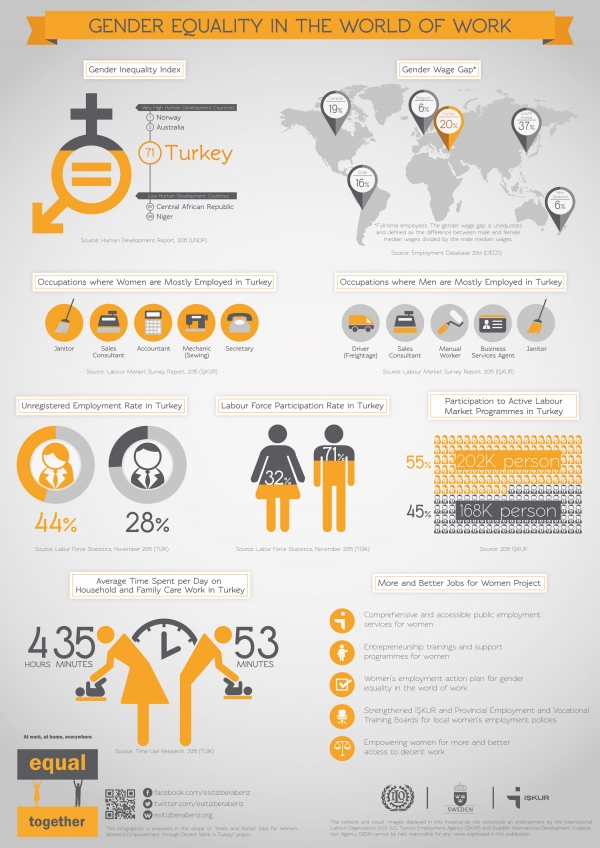
Generalized statistics, however, erase the somatic markers, the deep patterning of residual trauma left in the body by heteronormative, patriarchal structures, which often undermine women’s capacity to lead full, healthy lives.
Dance and performative gesture have the potential to rescript our nervous system and postural signatures through breath, postural realignment, and movement. I have conducted research on movement and the neuromuscular patterns of emotion. Based on my research, I believe people develop deeply unconscious physical postures (neuromuscular and energetic) as children when the limbic system is forming (ages 3-7), which can give rise to embodiments of feelings and chronic mental states.
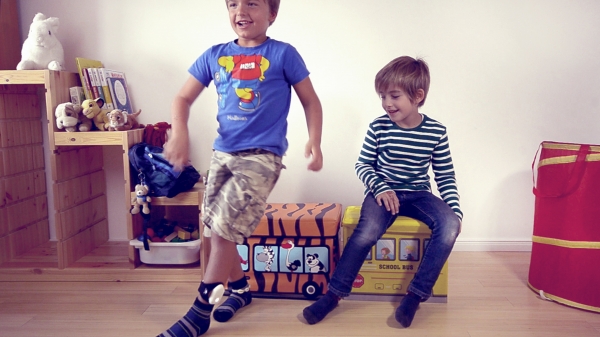
Our unique postural signatures often inhibit feelings that are difficult for us to bear, yet, like much of our physical life—sensations, feelings, gestures, movements, contractions, releases, expansion—operate outside of conscious awareness. If motion emerges out of emotion, then the opposite is also true: we can transform emotional states by activating new sensory-motor routines through free, unguided bodily expression. Through music and imagery generated from the inaudible sounds of dancers' inner bodies (somatic and autonomic nervous system), we can compose the fragments and re-animate the life force within each of us—artists, performers, audiences—that is often blocked or shattered through painful lived experiences.
This is what I intend to explore in Istanbul with a community of 20 women and youth from a broad range of backgrounds and skills. Together, we will transform deeply embedded scripts lodged in the physical body in order to dismantle cultural patriarchy.
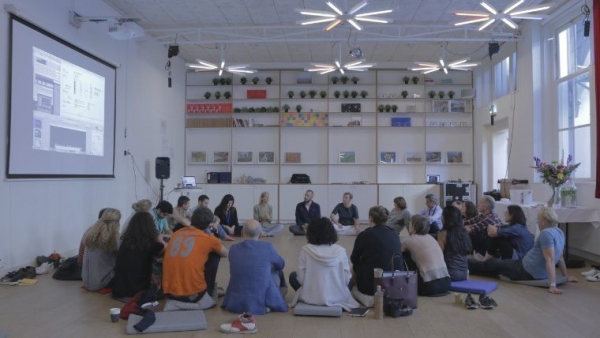
To begin, I will use “play as process," a methodological approach I invented and have iterated upon in creative partnerships with various NGOs, cultural and educational organizations, across a host of issues. This four-part co-creation process will allow me to understand the socio-political context and how participants understand and interpret this social challenge. It will also ground me in participants’ concerns in art/design terms, so I can shape the multi-modal movement workshop and micro-performance process around what emerges.
The multi-modal workshop will consist of a 4-part co-creation process culminating in a short mixed-media performance. Participants connect personal experiences of trauma to a collective narrative by transforming embedded somatic scripts and historical patterns into live drawings and music, all generated from their body data. Movement prompts enhance somatic awareness, create new sensory-motor routines and establish a shared gesture vocabulary from which we’ll build choreography. Story circles create content for a database of images and storied objects triggered through capacitive sensing.
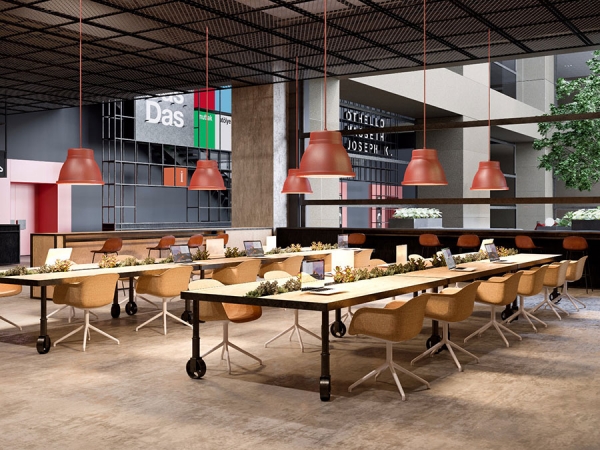
My host partner, INOGAR, is a forward-thinking and highly interdisciplinary organization. They define themselves as “a new generation incubation center that combines innovation and enterprise culture with civil society, private sector, sustainable development, culture-arts and technology.” In doing so, their aim is to lead the way to sustainable development, creativity and technology-based transformation of the entrepreneurship ecosystem in Turkey.
I am thrilled to be based at their newest location at INOGAR/Arts and DasDas Theatre, located on the Anatolian side of Istanbul, which just opened a couple months ago.
During the month long exchange, I hope to teach participants how to build biophysical sensors, extract data, and use it to interface with various open-source software systems to generate live visuals and audio. In addition, we’ll play with show control systems for networked performance, and use a game engine for projection mapping. These skills can be applied to a host of fields, such as interactive installation, game design, live events and hardware development.
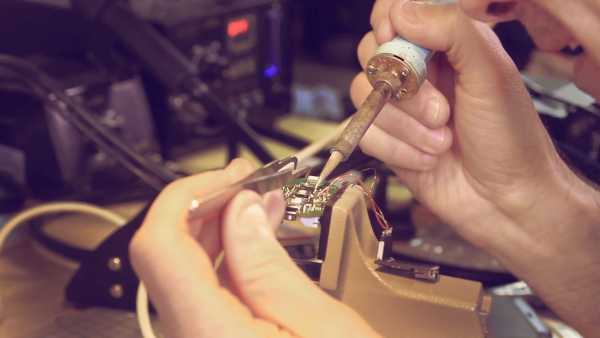
For my own self-knowledge, as I conduct a deep dive into curriculum design for the workshops, I have been reading up on Ataturk and the current government, as well as some quintessential Orhan Pamuk and Turkish ghost stories. In addition, I have been watching a lot of Turkish films (my favorite is so far is Aşk Tesadüfleri Sever), a documentary about different musical styles, and binging on a couple of telenovelas recommended by friends.
During my stay I hope to immerse myself and all my senses in the rich palimpsestual history and culture. I want to try new foods, listen to live music, go see dance, theatre, film and art, have random conversations and simply get lost on a disorienting, psychogeographic dérive to experience the unexpected. In short, I will be as fully present, embodied and alive, remembering that every encounter is a teachable moment, inviting me to challenge my assumptions about perceptual reality.